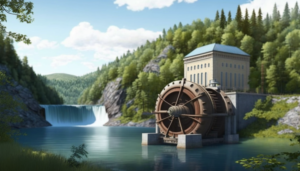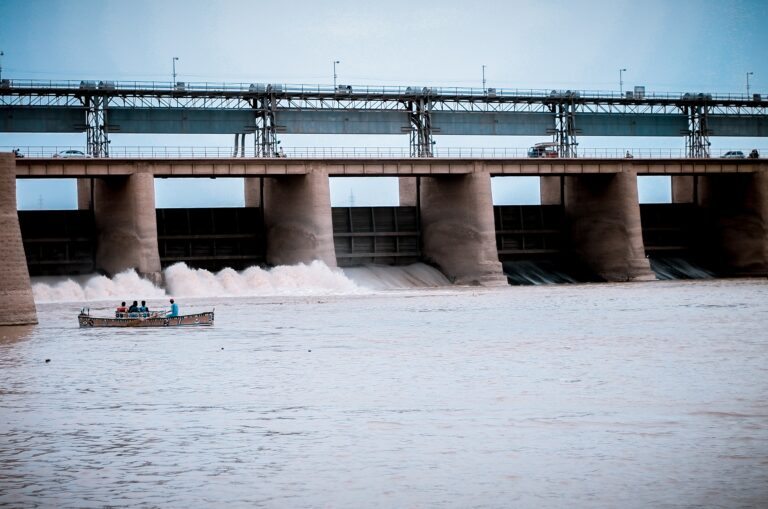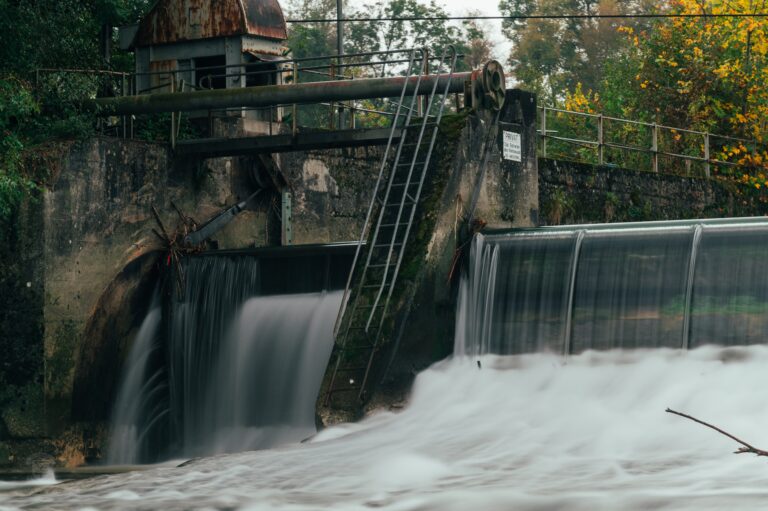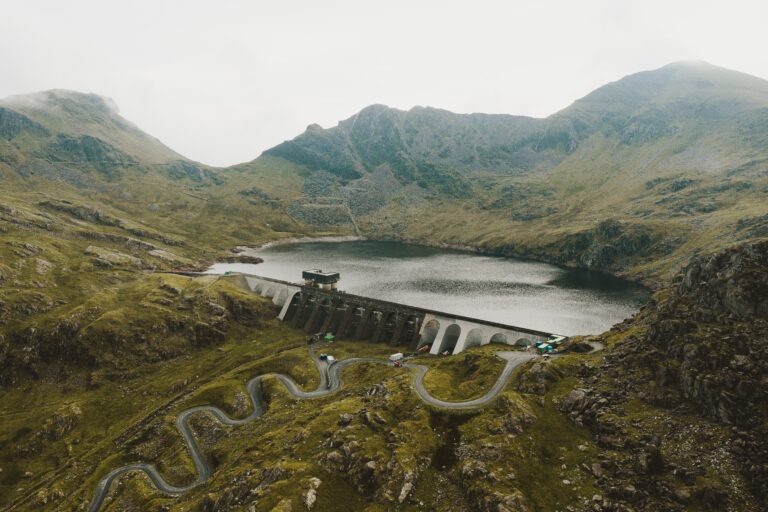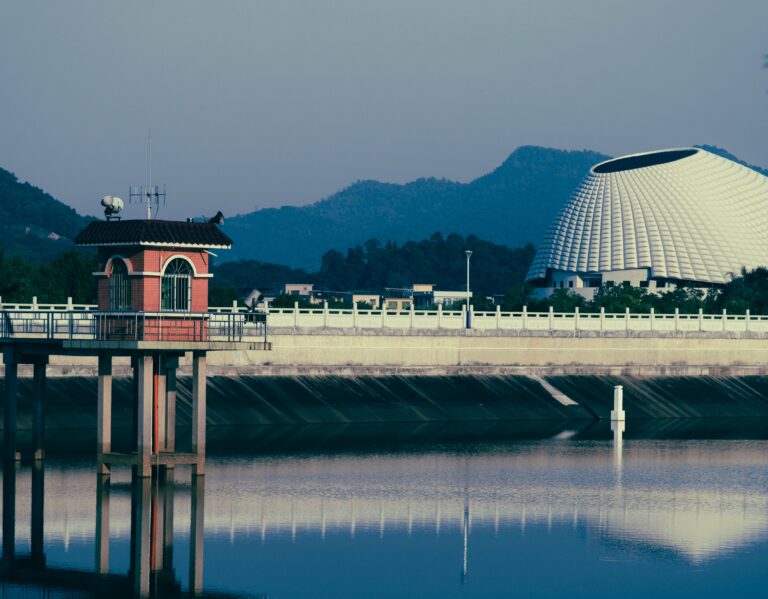The Best Hydro Energy Systems for Your Home
When choosing a water pump, consider the size of your property, average water flow rate, and the elevation of your water supply. Energy efficiency and budget are also crucial. Larger properties and higher water flow rates require more robust pumps, while elevation affects pressure needs. Energy-efficient pumps save money in the long run, and it’s important to balance initial costs with potential savings. By evaluating these factors, you can select a water pump that meets your needs effectively and economically, ensuring reliable performance and cost efficiency.
Table of Contents
Factors to Consider When Choosing a Water Pump
There are various aspects to consider when selecting a water pump to ensure that you acquire the proper one for your needs. Here are some of the most crucial things to remember:
The Dimensions of Your Property
When selecting a water pump, the size of your property is critical. If you have a large property, you’ll need a pump that can handle more water. A smaller pump, on the other hand, may be sufficient if you have a smaller property.
The Average Water Flow Rate on Your Property
Another significant thing to consider is the typical volume of water flow on your land. If your water flow is high, you’ll need a pump that can manage a larger amount of water. If your water flow is modest, a smaller pump may suffice.
The Elevation of Your Property’s Water Supply
The elevation of your property’s water supply is also an important factor to consider. If your water supply is at a higher elevation, you will want a pump that can withstand the increased pressure. A smaller pump may be sufficient if your water source is at a lower height.
Your Energy Requirements
Another key element to consider is your energy requirements. If you require a pump that can operate constantly, you will need an energy-efficient pump. If you just require a pump on occasion, a less energy-efficient one may suffice.
Your Financial Situation
Finally, your budget is a crucial factor to consider. Water pumps may be very expensive, therefore it’s critical to find one that works within your budget. Remember that a more expensive pump may be more energy-efficient and so save you money in the long term.
By taking these elements into account, you can select a water pump that matches your demands while remaining within your budget.
Types of Hydro Energy Systems
Hydro energy systems are a prominent renewable energy source. They create electricity by harnessing the power of water. There are several types of hydro energy systems available, each with its own set of benefits and drawbacks.
Micro-Hydro Power Systems for Home Use
Micro-hydro power systems are an effective and sustainable way to generate energy at home, especially for houses near a flowing water supply. These systems generally generate up to 100 kilowatts (kW) of power, making them suitable for individual houses or small towns. A micro-hydro system consists of a water turbine, a generator, an inverter that converts DC to AC power, and optional battery storage for energy backup.
Micro-hydro power systems provide a number of major advantages, including high efficiency and dependability. Unlike solar or wind energy, which can be intermittent, micro-hydro systems provide a continuous power supply as long as the water source is flowing. This makes them ideal for distant areas where grid energy is inaccessible or unpredictable.
Microhydro systems have a low environmental effect. They utilize the natural energy of flowing water without the use of huge dams or reservoirs, which can harm ecosystems. These devices provide clean electricity while protecting the environment by using a part of the flow of a stream or river. Overall, micro-hydro power systems provide a practical and environmentally responsible solution to satisfy domestic energy requirements.
Pico-Hydro Power Systems for Home Use
Pico-hydro power systems are a great way to generate energy on a tiny scale, usually up to 5 kilowatts (kW). These systems are appropriate for single-family houses or small towns, particularly those near a steady water supply like a stream or a small river. A pico-hydro system consists of a tiny water turbine, a generator, an inverter to convert electricity from DC to AC, and optional battery storage for backup power.
One of the key advantages of pico-hydro power systems is their cost-effectiveness. These systems are often less expensive to develop and operate than bigger hydropower installations. Furthermore, they are quite simple to install, making them suitable for homeowners with less technical skills. Because of their ease of installation and maintenance, pico-hydro systems are ideal for distant or off-grid settings.
Pico-hydro power systems are also eco-friendly. They utilize the kinetic energy of flowing water without requiring massive infrastructural improvements that might affect local ecosystems. Pico-hydro systems use the natural flow of water to create clean, renewable electricity with minimum environmental effect. This makes them a sustainable option for individuals wishing to lower their carbon impact while still fulfilling their electrical requirements.
Run-of-the-River Hydro Systems for Home Use
Run-of-the-river hydro systems create energy for homes by utilizing the natural flow of a river or stream, without the need for massive reservoirs or dams. These systems direct a part of the water via an intake structure before routing it down a penstock (pipeline) to a water turbine that is connected to a generator. The setup is simple, making it an ideal alternative for residences near a reliable water source.
One of the primary benefits of run-of-river systems is their low environmental effect. Unlike typical dam-based hydro systems, they do not need massive construction or major changes to the river’s natural flow. This method protects local ecosystems and decreases the possibility of habitat destruction, making it an ecologically benign alternative for renewable energy generation.
Run-of-the-river systems, which rely on the constant flow of water, also provide a dependable and steady power source. This dependability is especially useful for off-grid households in distant places where other renewable energy sources, like as solar or wind, may be less reliable. Run-of-the-river hydro systems, which capture the energy of flowing water, provide a clean, renewable source of electricity with a low environmental impact.
Dam-Based Hydro Systems for Home Use
Dam-based hydroelectric systems are a stable and effective way to generate power at home. These systems require building a small dam to generate a reservoir that may be used to power a water turbine connected to a generator. This regulated discharge produces a regular and predictable power production, making dam-based systems appropriate for households with a reliable water source.
Dam-based hydro systems have a significant benefit in that they may store water for use during dry seasons, assuring a constant power supply even when water flow is low. This storage capacity improves the system’s dependability by providing a constant energy source regardless of weather conditions. Dam-based systems are especially beneficial for houses with high energy demands since they can generate more electricity than smaller hydro systems.
While dam building has a higher initial environmental effect than other hydro systems, the long-term benefits include a sustainable and renewable energy source with minimal running expenses. The ecological effect may be reduced by carefully developing and executing ecologically friendly designs. Dam-based hydro systems therefore provide a stable and long-term answer for household energy demands, combining immediate environmental concerns with long-term green energy advantages.
Hydrokinetic Systems for Home Use
Hydrokinetic systems are an innovative way to generate electricity by utilizing the kinetic energy of moving water. Hydrokinetic systems, as opposed to standard hydroelectric systems, do not require dams or other substantial infrastructure. Instead, they employ underwater turbines installed directly in rivers, streams, or tidal currents to harness the natural flow of water and transform it into power.
One of the main advantages of hydrokinetic systems is their low environmental effect. Because they do not entail large-scale construction or alteration of watercourses, these systems protect the natural environment and ecology. This makes hydrokinetic systems an appealing alternative for environmentally concerned households who want to decrease their carbon footprint while using renewable energy sources.
Hydrokinetic systems are also quite simple to build and maintain. Their simple design enables for fast deployment in a variety of water bodies, making them ideal for distant or off-grid settings. Hydrokinetic systems can augment other renewable energy sources such as solar or wind, guaranteeing a stable supply of electricity. This makes them a viable and sustainable option for homeowners looking to diversify their energy mix with clean, renewable electricity.
Pump-Storage Systems for Home Use
Pump-storage systems provide a varied and effective way to store and generate power at home. These systems have two reservoirs at varying heights. During periods of low energy consumption, extra power is used to pump water from the lower to the upper reservoirs. When energy demand is strong, the stored water is released back into the lower reservoir and flows through a turbine that is connected to a generator to generate electricity.
One of the primary benefits of pump-storage systems is their ability to balance supply and demand. These systems contribute to the stability of the electrical grid and maintain a dependable power supply by storing energy during times of low demand and generating power during peak periods. This makes them especially valuable in conjunction with intermittent renewable energy sources like solar or wind.
Although generally utilized for large-scale applications, small-scale pump-storage systems may be converted for residential usage, providing a realistic alternative for families with fluctuating energy requirements. By combining pump-storage systems with other renewable energy technologies, homeowners may gain more energy independence and lessen their dependency on the grid, helping to create a more sustainable and resilient energy system.
Which System is Best for Which Properties?
The sort of hydro energy system that is most suited for a property is determined by several criteria, including the location, accessible water resources, and energy requirements. Run-of-river systems are appropriate for homes near a river with a steady flow. Storage systems work best for properties with a bigger water source, such as a lake or a major river. Pumped storage systems are best suited for properties that demand a consistent power supply and have surplus energy to pump the water.
Finally, hydro energy systems provide a sustainable and dependable supply of electricity. The type of system that is most suited for a property is determined by a variety of criteria, and it is critical to weigh the benefits and drawbacks of each type before making a selection.
Conclusion
Finally, we looked at the advantages of hydro electricity as a sustainable energy source for your house. We have reviewed the many forms of hydro energy systems accessible, including micro-hydro and pico-hydro systems, as well as their benefits and drawbacks. We’ve also stressed the necessity of taking into account elements like water flow, head height, and energy requirements when selecting a hydro energy system for your home.
Based on our research, we believe that the micro-hydro system is the best alternative for the majority of dwellings. This system is efficient, inexpensive, and capable of producing enough energy to power an entire family. However, it is critical to contact with an expert before building a micro-hydro system on your home.
To summarize, hydro electricity is a useful renewable energy source with considerable benefits for homes. We can minimize our dependency on fossil fuels and contribute to a more sustainable future by harnessing the power of water.

